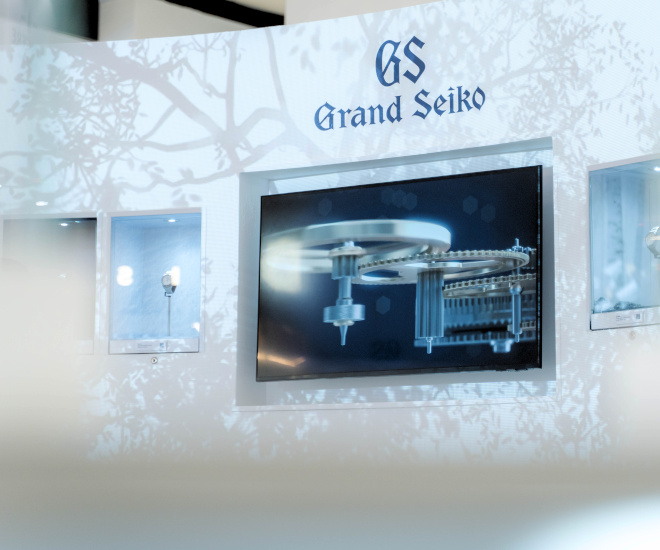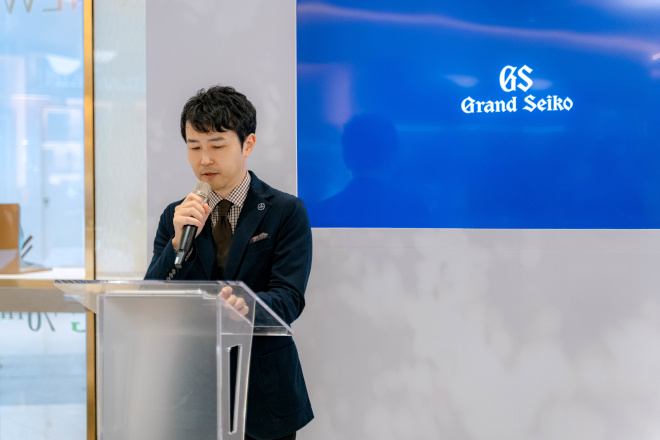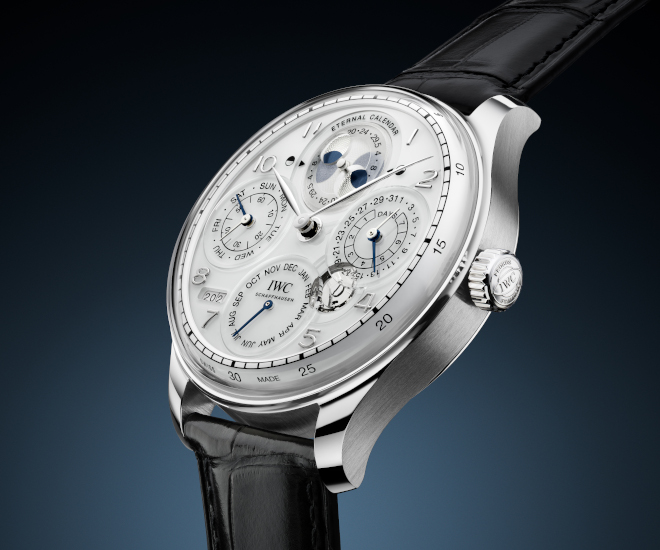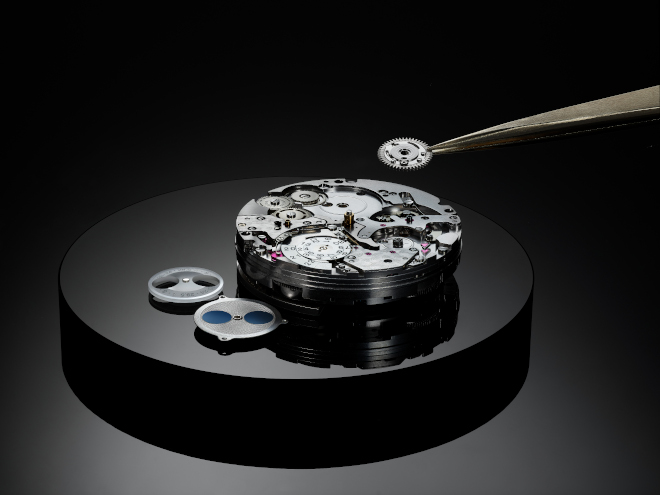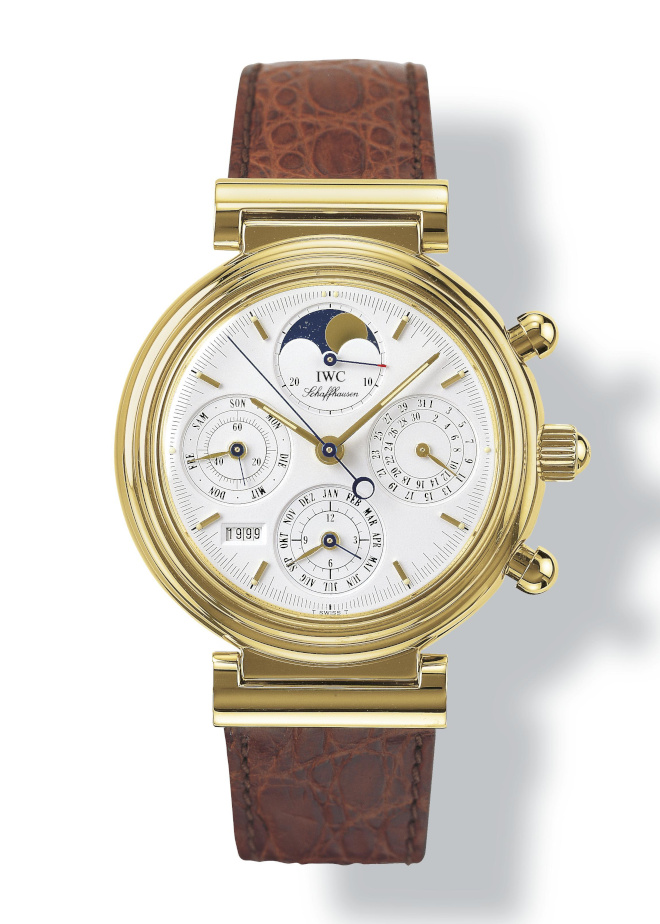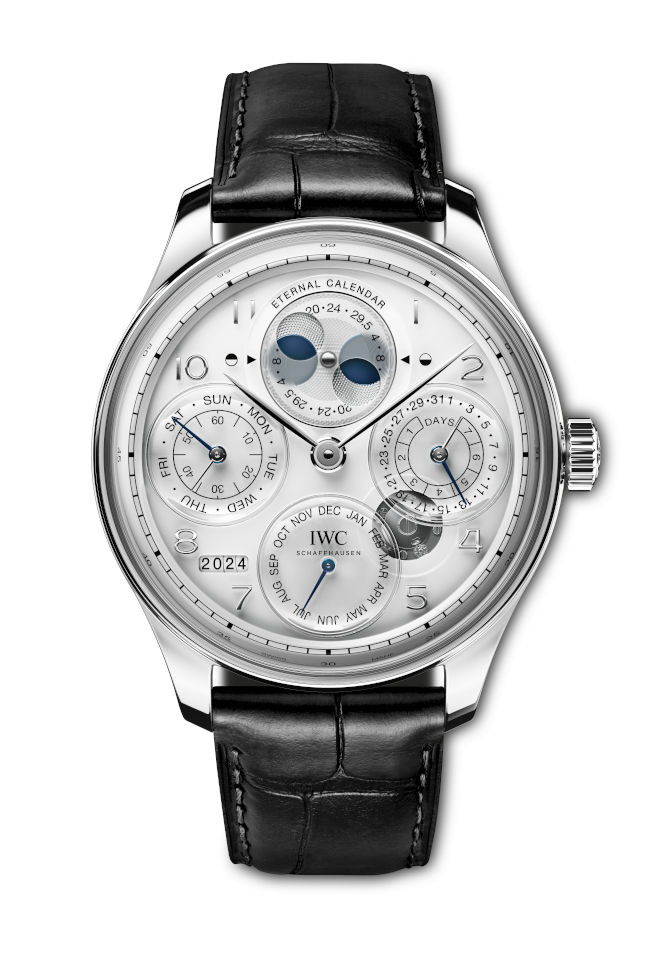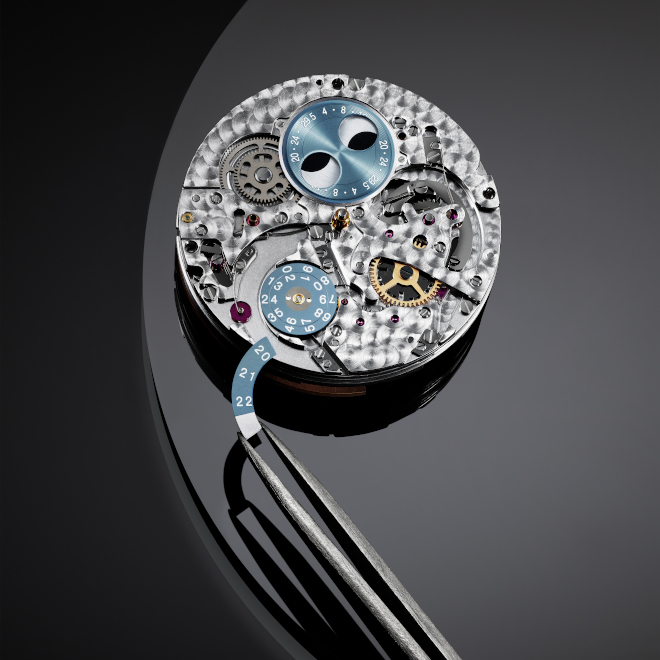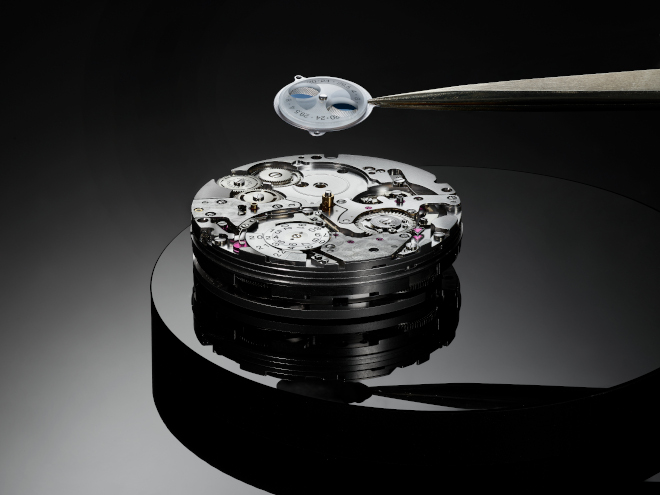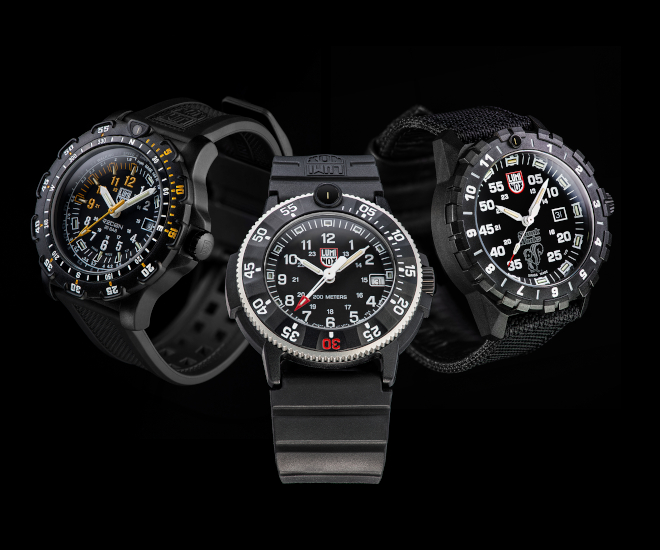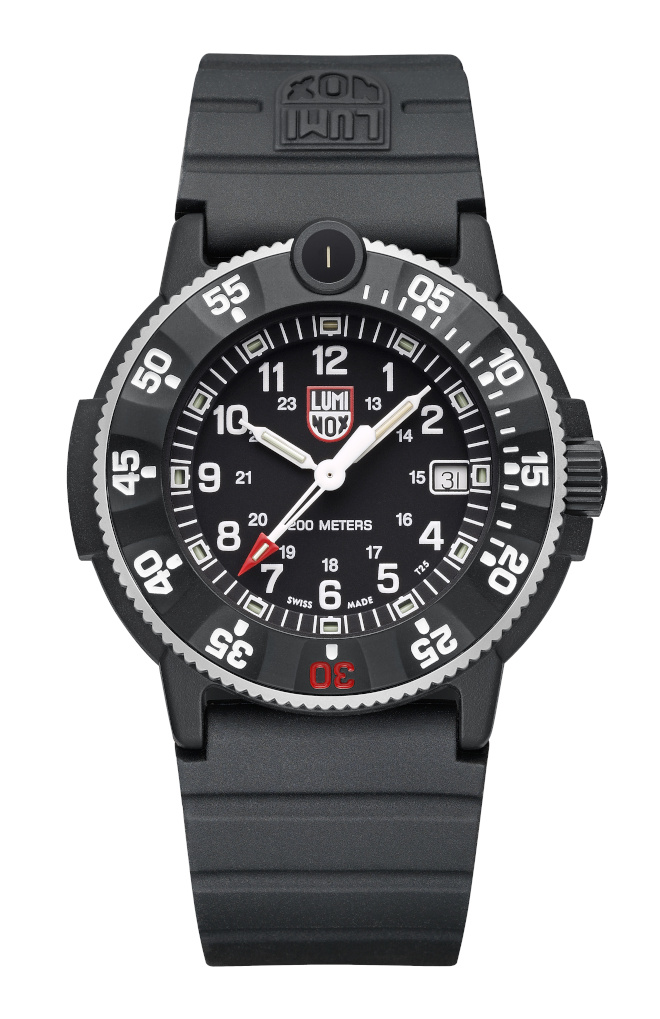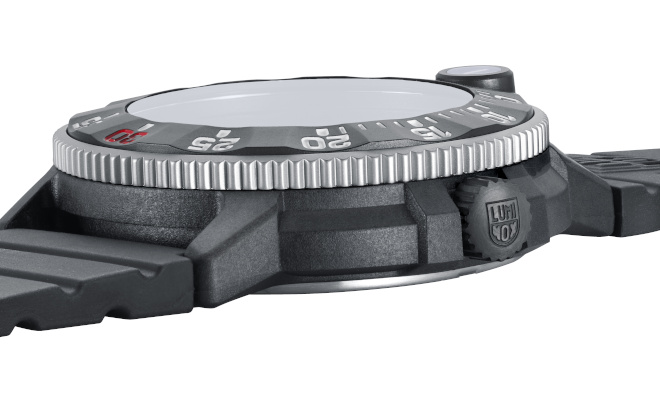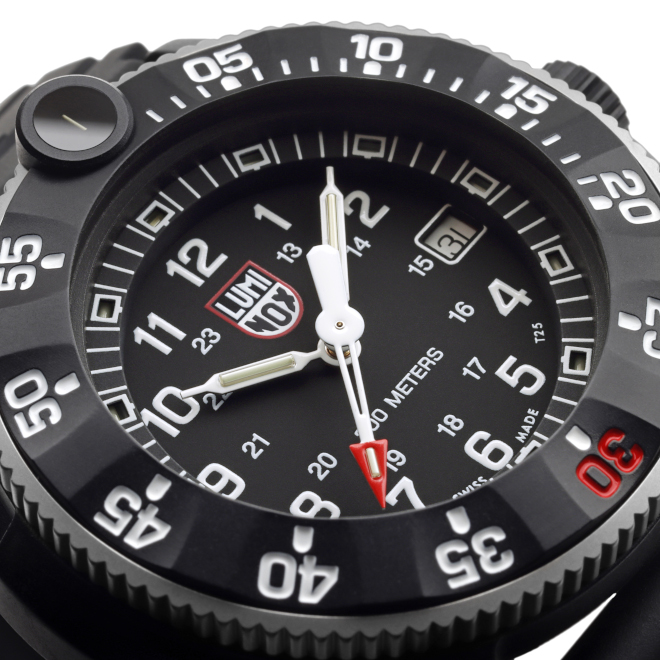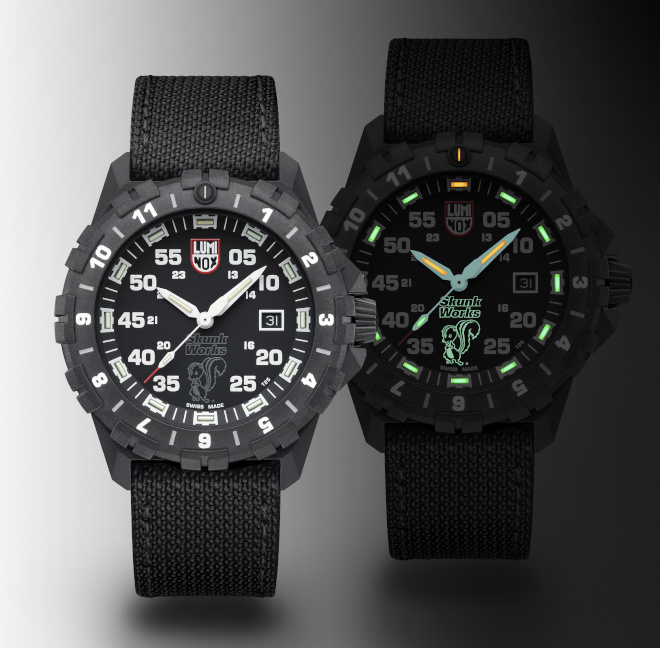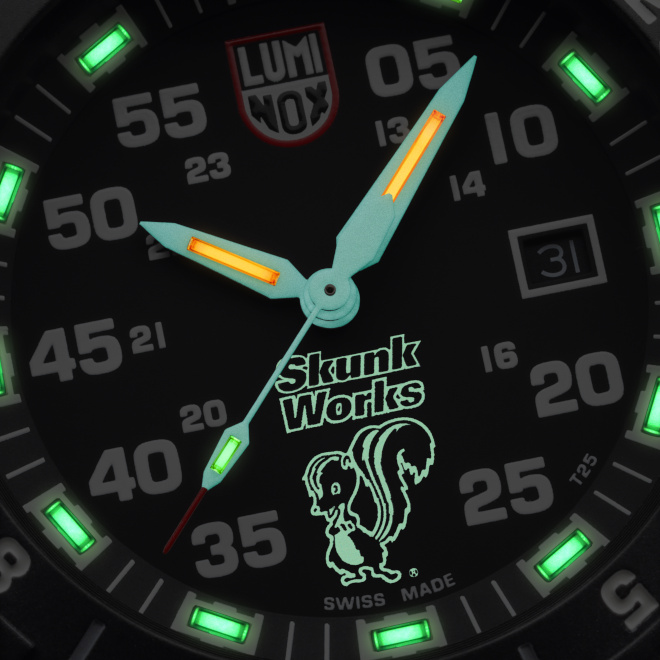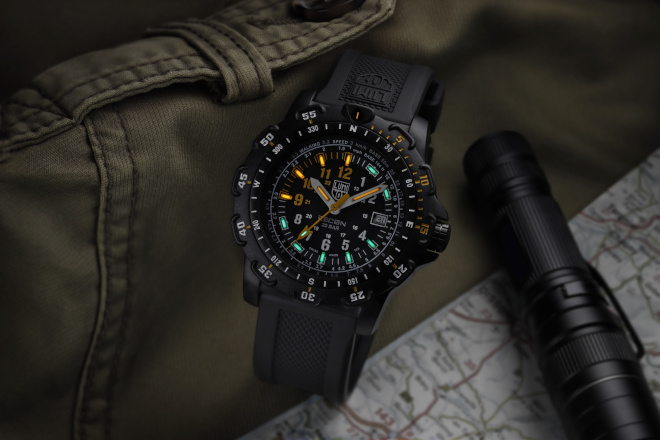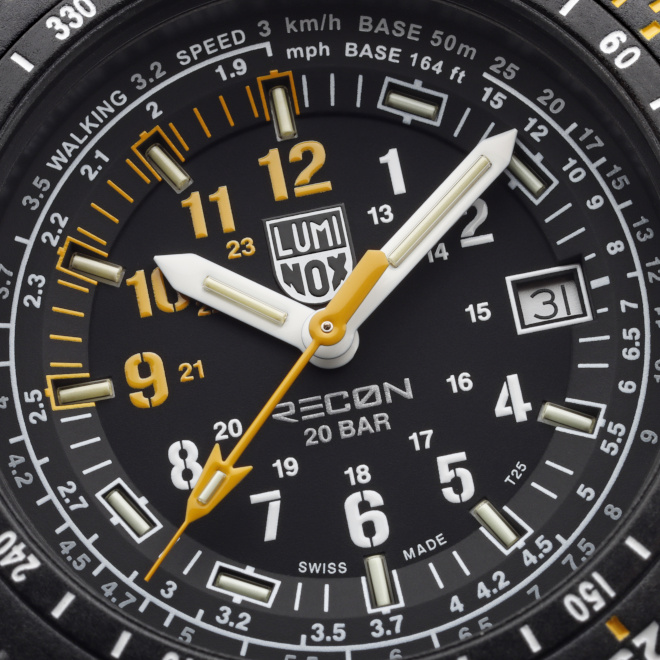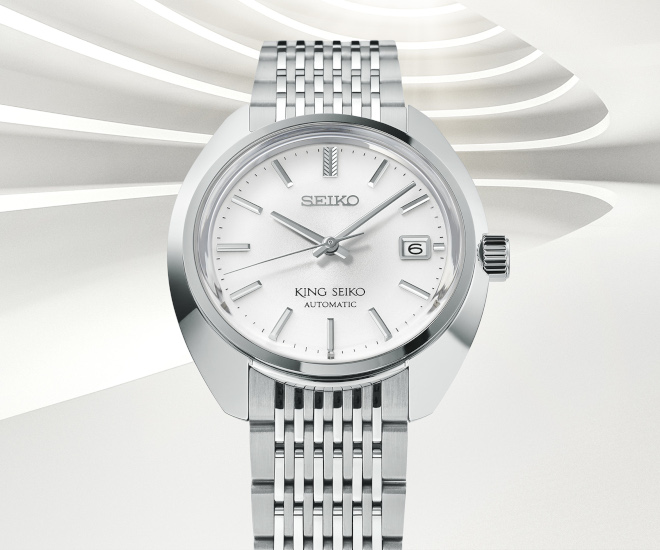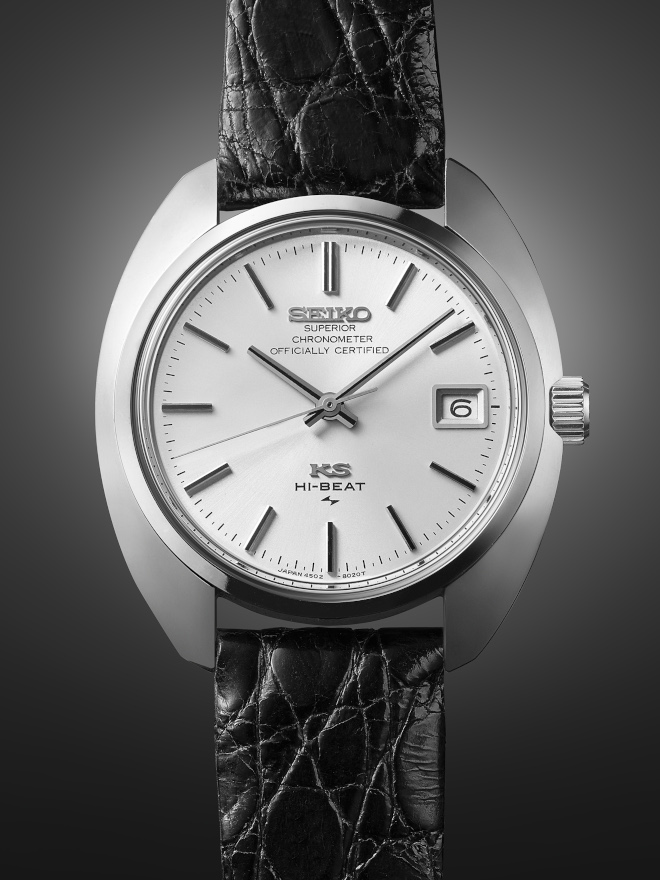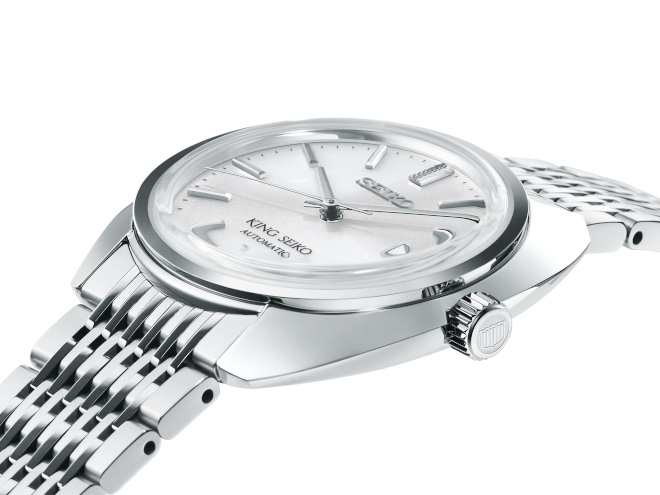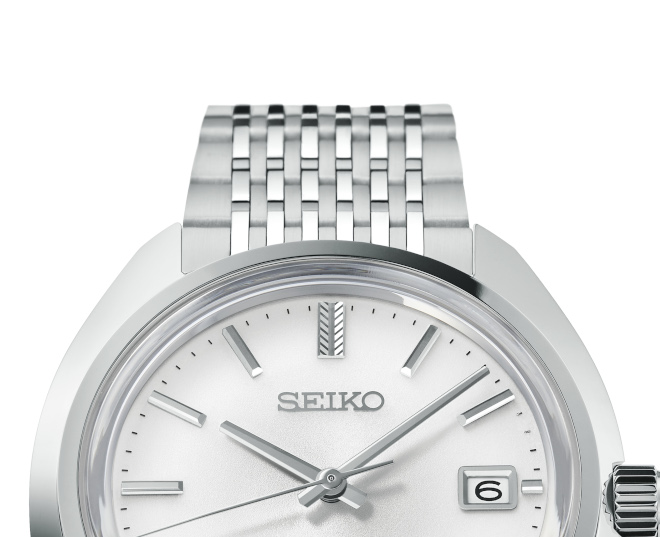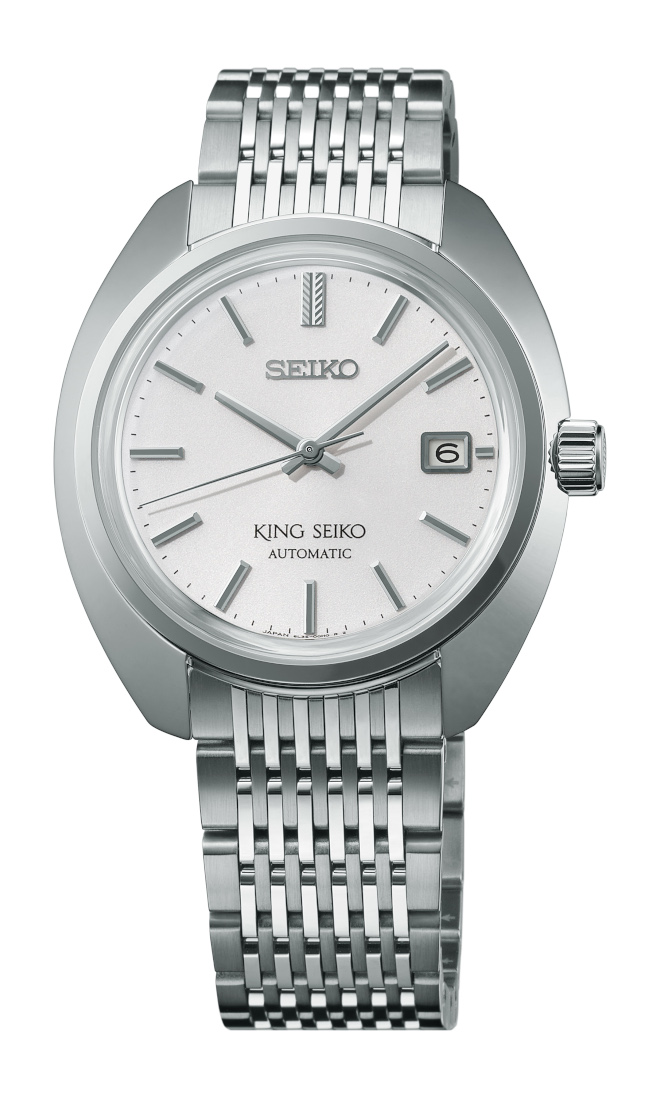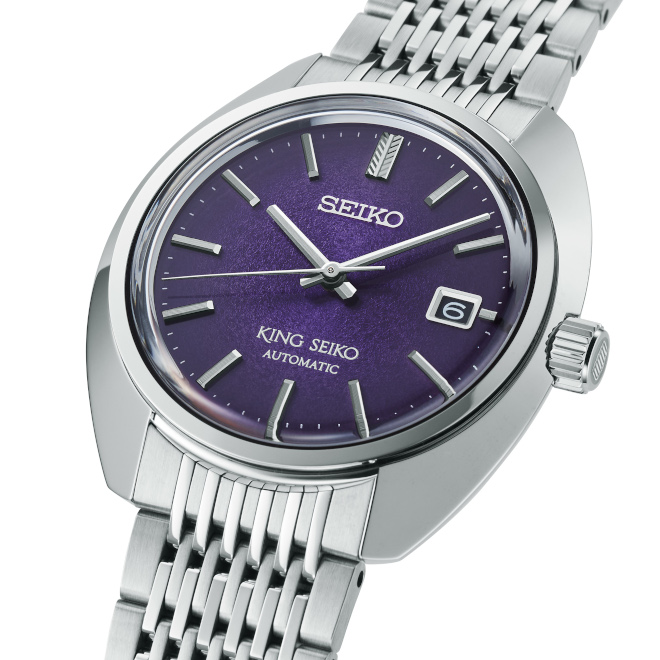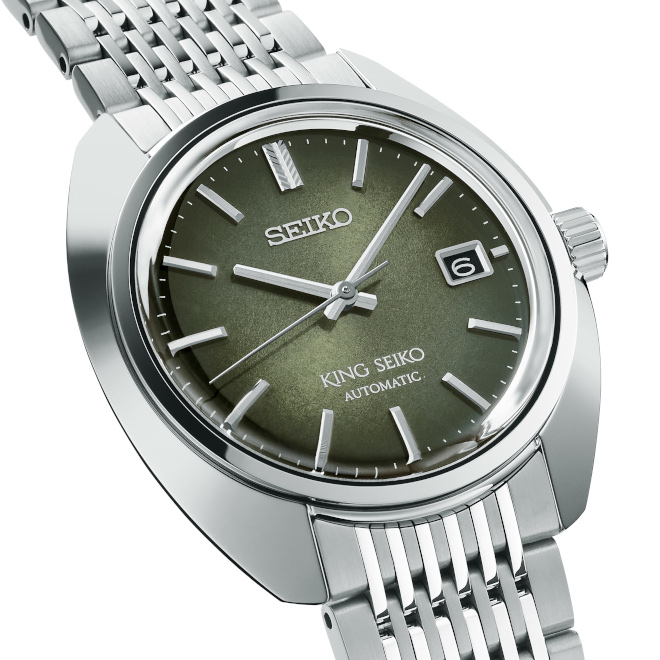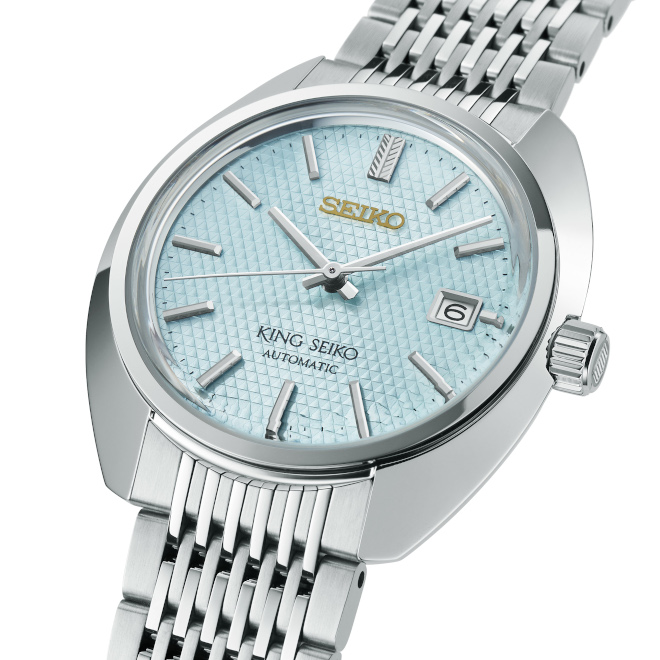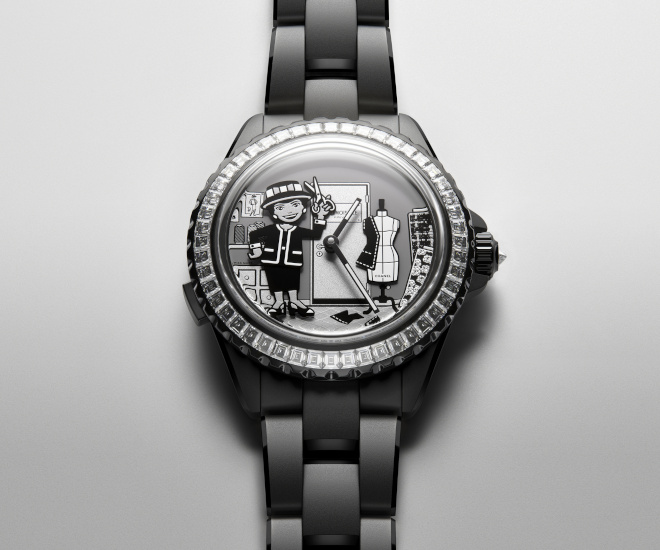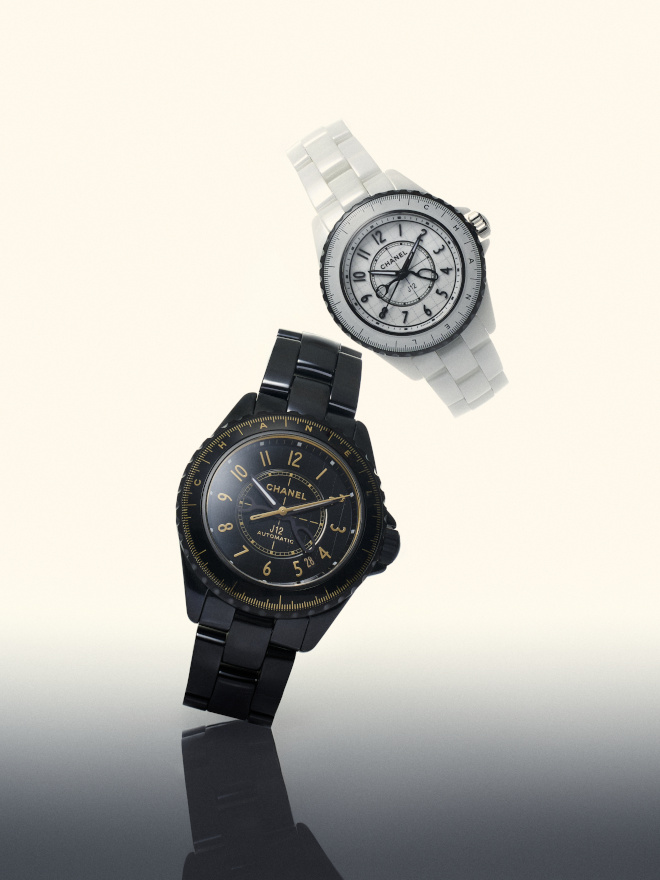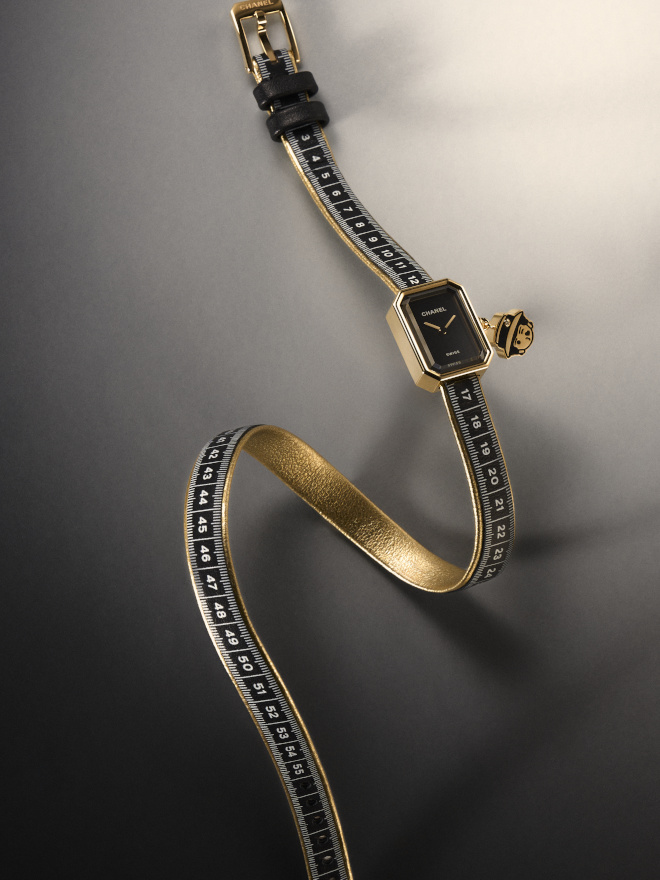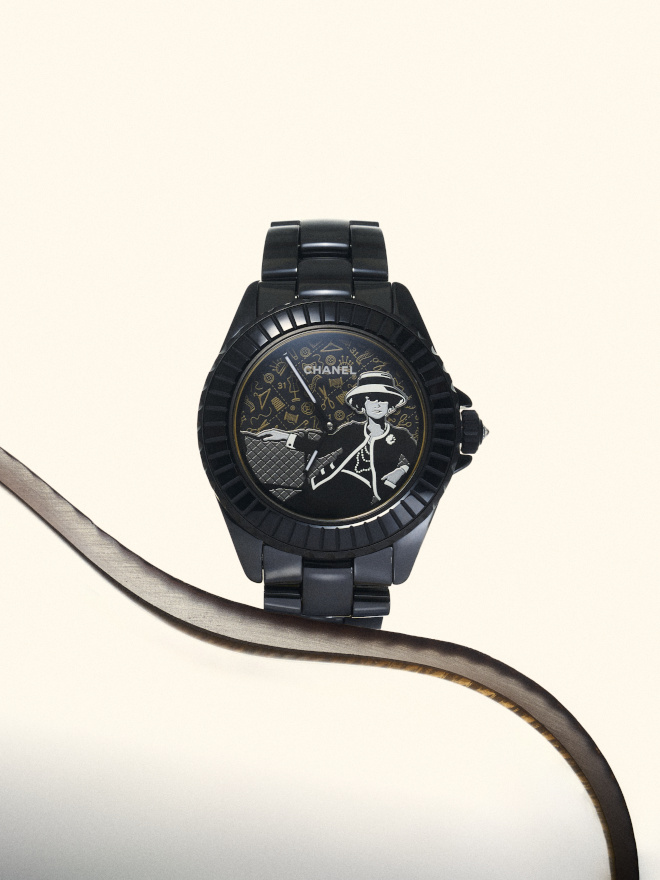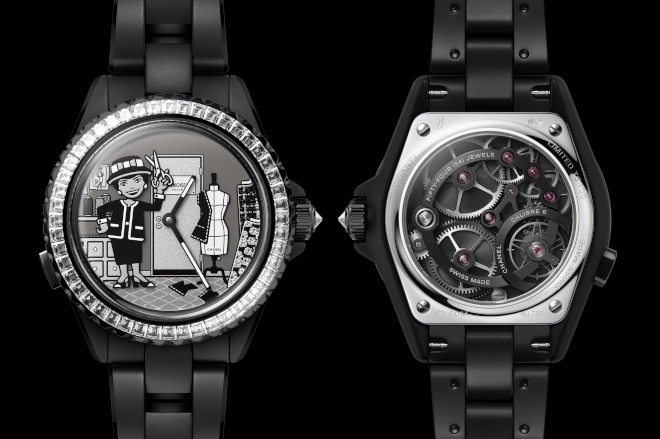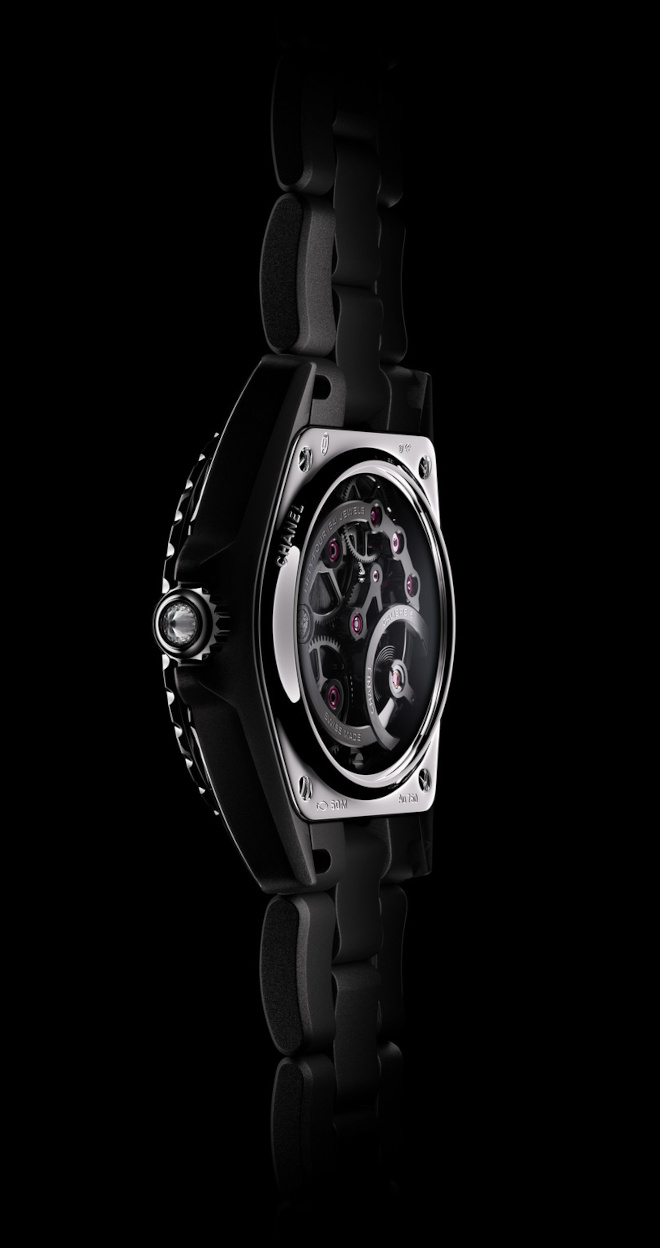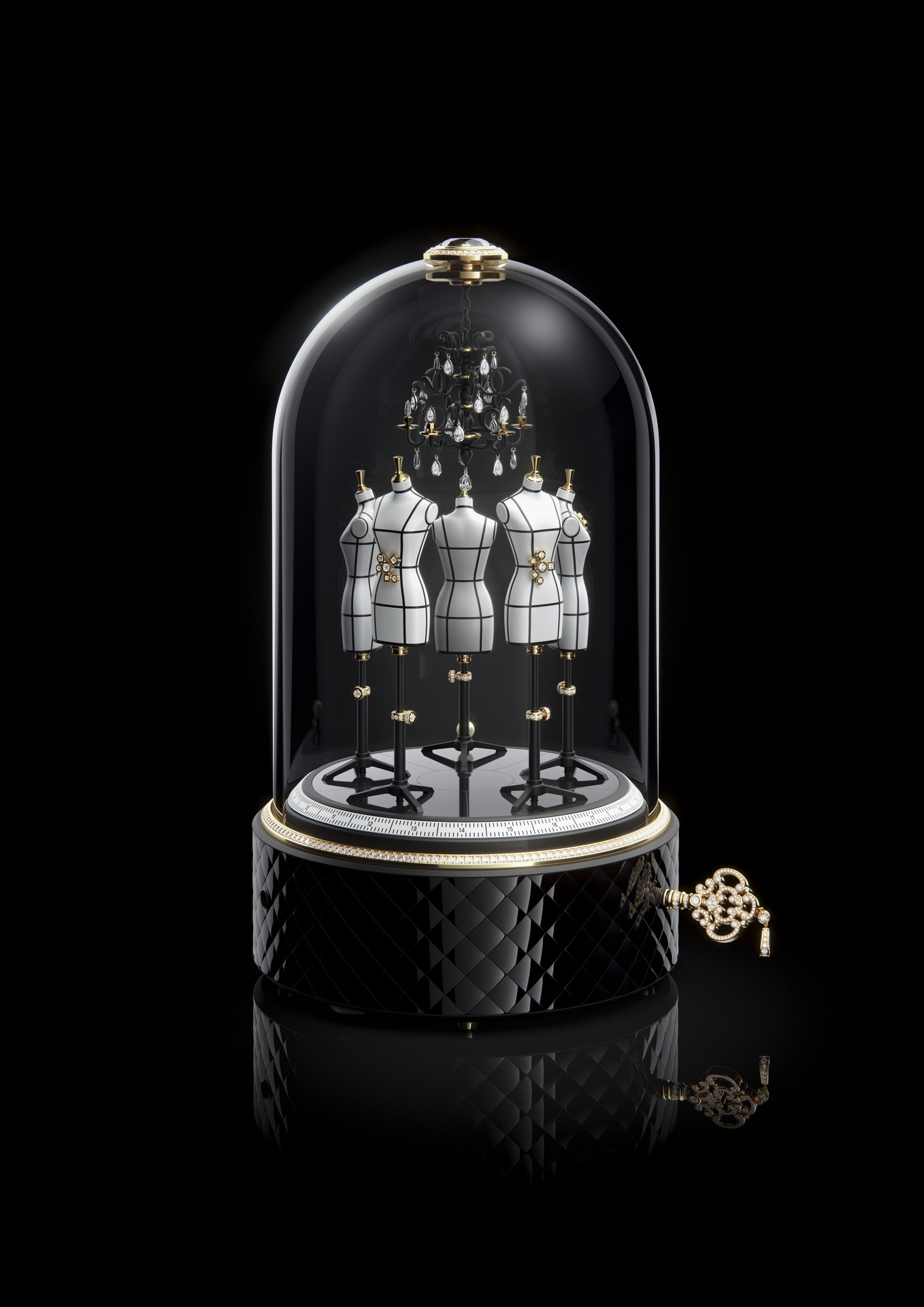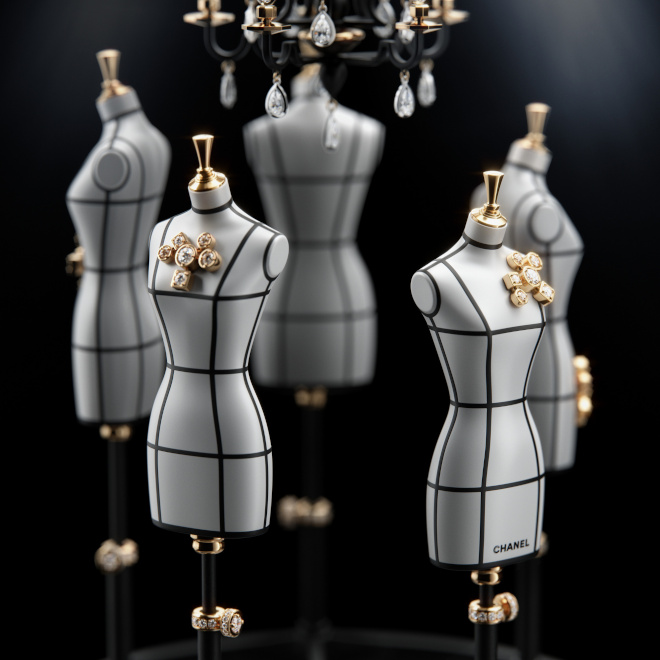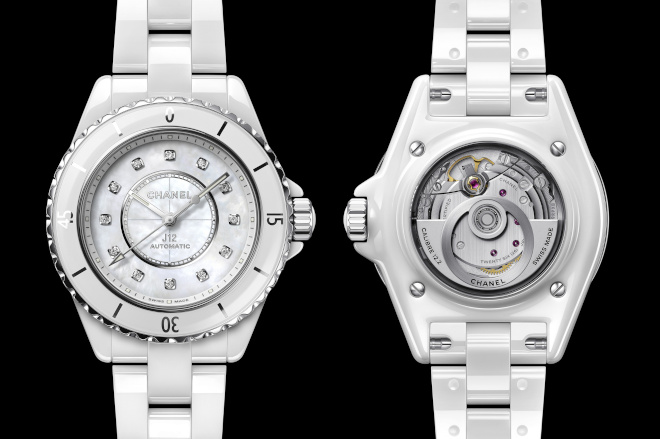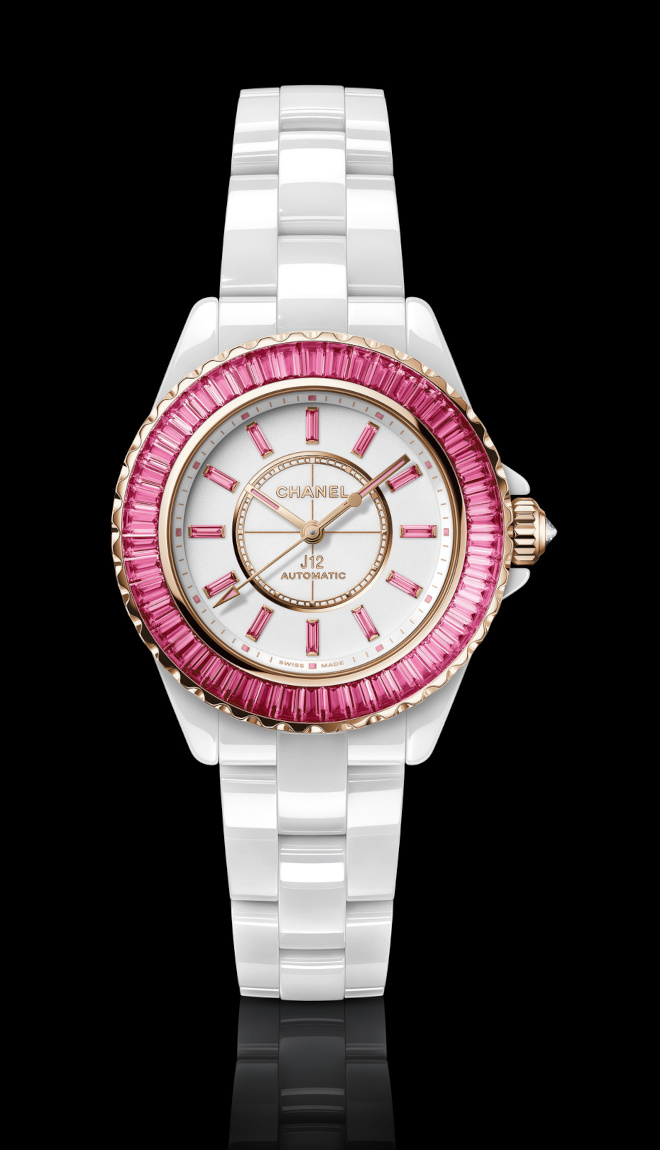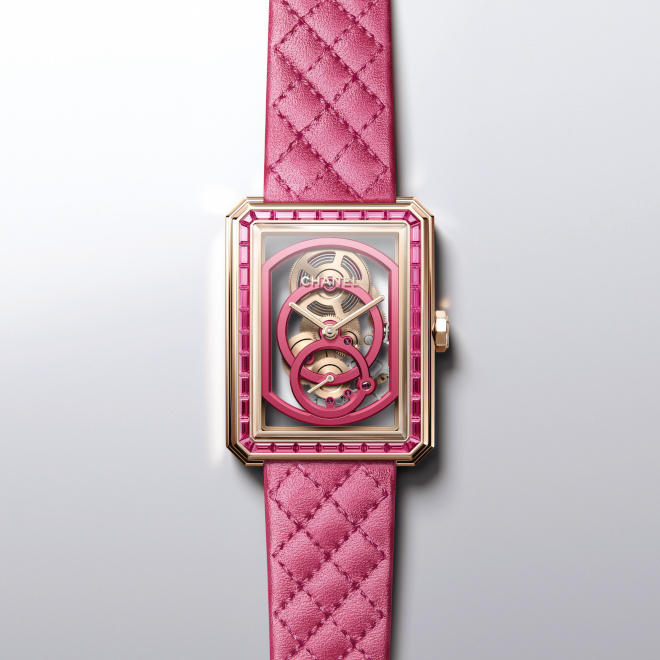Watchmaking Trends To Expect in 2025: Milestones & Shifts Shaping the Industry
The Future of Watchmaking Is Already Ticking
New watches begin development many years before launch, potentially, and brand management decides when to pull the trigger. In this sense, looking ahead to 2025 is not too difficult. Broadly speaking, forecasting such things as the dominance of the sports watch and the related return of the integrated bracelet is more difficult to get right. For this list, we decided to be bold and tell you what you can 100 percent expect to happen, and also what we hope will happen.
It will not surprise you that we think the rough weather of 2024 will carry over into 2025, and there is every chance that brands will respond with more muted watches. Conservatism remains the tried-and-tested path to survival for big luxury, after all. This will be bad news for those who expect attention-grabbing moves from the birthday boys; brands have delayed major launches in the past and there is no reason to think 2025 will be different. On the other hand, brands that were big with the crypto set might be keeping the champagne at the ready since a Trump presidency in the USA is seen as beneficial; on the back of his election win, crypto rose to record highs and perhaps 2025 will be the year everyone finally goes to the moon. Keep those fingers crossed that the ballooning AI hype does not pop…
Read More: The Metaverse Mirage: Why the Hype Is Fading
Of course, macroeconomic trends are outside the scope of articles like this one but it should always be remembered that fine watchmaking is vulnerable to how confident the wealthy feel. You will note that we have left the secondary market out of our list of predictions and that is by design. While availability is not great, the market has largely righted itself, but that could change. Certain in-demand evergreens still command higher-than-RRP and this is mainly supported by collectors who are a little too pampered by brands and those who are not. This is a feature of the world of watches and thus we will say no more about it.


Artistry of the world’s premier independent watchmakers come together under one roof at Sincere Haute Horlogerien (SHH)
Finally, we could have said a lot more about the various leadership shakeups in the sector we gaze critically at but we shall see if the desired results roll in. Again, a lot is out of the control of the top brass but, at the highest levels of quality, they do need to figure out how to respond to the continuing rise of independent watchmakers. As long as retailers keep the action going, we foresee no changes. That said, here are our five top sort-of predictions for the new year in watchmaking.
Legacy Matters

Anniversaries matter, or at least they do when the parties involved have decided on some number as being a big deal. While brands such as Rolex and Bell & Ross do not like to make a fuss, many more certainly do. In what is a yearly exercise for us, we check all the brand anniversaries and then even some key collections. What we are looking for here are indications that a special watch might be forthcoming, or maybe a fresh collection or subcollection. Consider that the Royal Oak Offshore was conceived as a sort of tribute and legacy transfer for the 20th anniversary of the Royal Oak. In 2025, we are particularly looking forward to Vacheron Constantin’s 270th, Breguet’s 250th and Audemars Piguet’s 150th but there are so many that we do expect some to skip the fanfare, as Zenith did in 2024 for the 55th anniversary of the El Primero. Here are a few brands and their big dates: A. Lange & Sohne (180th); Blancpain (290th); Maurice Lacroix (50th); Panerai (165th); TAG Heuer (165th) and Zenith (160th). It may have escaped most of us but 2024 was Patek Philippe’s 185th and the brand delivered an important milestone for itself and the industry to mark the occasion: the Cubitus.


The TAG Heuer Formula 1 Chronograph x Oracle Red Bull Racing Watch (pictured above). 2025 sees TAG Heuer return as the Official Timekeeper for Formula 1.
Leadership Moves That Could Reshape the Industry

Given the mixed economic outlook for watchmaking in 2025 — a continuation of the present scenario - quite a number of brands have course-corrected in 2024. In fact, the biggest news of all was the rise of Nicolas Bos to the group CEO position at Richemont. Staying with the same group, perhaps the most surprising news was the return of Jerome Lambert as CEO of Jaeger-LeCoultre; Lambert had been group COO and then CEO, although the role was reportedly very different to the one Bos now occupies, now that Richemont Chairman Johann Rupert will be more hands-off again. Other power moves at this watchmaking group include Louis Ferla getting the top job at Cartier, handing off his CEO hat at Vacheron Constantin to Laurent Perves (an in-house promotion); Catherine Renier climbs into the hotseat at Van Cleef & Arpels (she was at Jaeger-LeCoultre) while the CEO role at Roger Dubuis remains officially unoccupied. At LVMH, another game of musical chairs happened after the elevation of Frederic Arnault as the CEO of the watchmaking division and continuing tough times in China. With Ricardo Guadalupe retiring from the CEO position at Hublot, LVMH tapped Julien Tornare to take over; Tornare had been CEO of TAG Heuer, where he succeeded Arnault. Antoine Pin, former watchmaking boss at Bvlgari, replaces Tornare at TAG Heuer; Pin’s former role at the Roman jeweller has yet to be filled, officially. While Swatch Group is faring no better than its group peers in China, there has been little movement at the top there. A significant difference is at Breguet, where longtime Omega man Gregory Kissling has been appointed CEO.

Shaping Up

With market observers and shareholders questioning the big brands over their China strategies and exposure, and perhaps even the sort of watches consumers in that market want, now might be the right moment for something completely different. Leading the way in this is an apparent renewed push in the neglected form watch category. The most prominent example here is the Patek Philippe Cubitus, and the Geneva brand has never bet big on China. Well, it is no bigger than it has in any other important market. It will be interesting to see if the new collection marks new China moves for the brand as it could herald sweeping changes across the board in watchmaking. We are also looking out for what high-impact brands such as Tissot and Swatch do, on the more affordable side. For the moment, all eyes will be on Watches and Wonders Geneva 2025 to see if more form pieces debut. It will take some years before the dust settles, just as it did some 20 years ago when brands tried to crack the dominance of the round shape.
Collaborations Fuel Creativity


In 2021, Ferrari and Richard Mille, driven by their shared quest for perfection, joined forces to create a long-term partnership.
Will brand collaborations pick up steam or will things stall? We answer our own question because these collaborations have been in the works for years maybe so they can only be delayed or cancelled. Typically, most watch brands have steered away from collaboration as keeping everything under one roof seemed the most efficient way of controlling brand DNA. Over the last year, and arguably even a few years before, the collaborative spirit seemed to be picking up steam. Watches and cars have always been a great pairing: Richard Mille has Ferrari, Roger Dubuis selected Lamborghini a couple of years ago and most recently H. Moser & Cie picked Alpine to cross-brand their products. There was once a time when it was considered sacrilege to have the Bamford Watch Company detail a Rolex but since then, the LVMH group has doubled down with a few key partnerships a couple of years ago. This year we saw them take this further through a unique collaboration between two houses we thought would never meet: Louis Vuitton and Akrivia. This is the beautifully made dual-face LVRR-01 Chronographe à Sonnerie. Even artist Seconde Seconde seems to be finding constant collaborative opportunities with big brands like Moser at one point, and others like Timex and Louis Erard. Speaking of Louis Erard, they have also been steadily gaining momentum with a string of collaborative watches with big names in the artisanal watchmaking scene like Vianney Halter, Kudoke, Konstantin Chaykin and Alain Silberstein. We have no doubt this will continue well into 2025.
Stoned and Dethroned


The precious stone dial trend seems to be coming back strong in 2024, a trend that we think should follow well into 2025. Of course, using these unique minerals as dials isn’t something new. What brand can resist offering a client a unique piece and due to the nature of these stones, whichever way you slice it, the resulting dial will offer enough variance to be different from however many watches are in that same collection. This year there were fantastic examples of these dials, including one from Ulysse Nardin using a rare mineral called chrysocolla, resulting in a dial that looks almost like the waters of some atoll out in the middle of the ocean. Of course, who can forget the limited edition models of Lange 1 watches that A. Lange & Sohne made to celebrate its 35th anniversary where these beautiful watches were furnished with even more pristine onyx dials. The laborious process of crafting these dials – sourcing the perfect sizes of stones, carefully slicing them into thin enough slices without them breaking, and getting the right alignment for the hands and indices – would be prohibitive for smaller brands to use them. Well, everyone was wrong about this because, last year, more than a handful of microbrands started using them. Timex put one in their Q Timex GMT; Baltic offered three limited edition runs with their Prismic Boutique Editions; and even new entries like Dennison Watches were able to offer these beautiful stone dials at extremely affordable prices. Stones like lapis lazuli and malachite are no longer reserved for ultra-luxury watches. Expect more good news on this front in 2025.
For more on the latest in luxury watch reads, click here.






